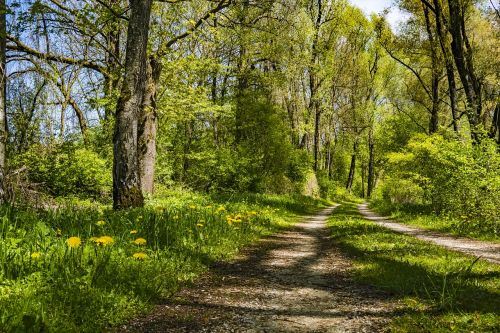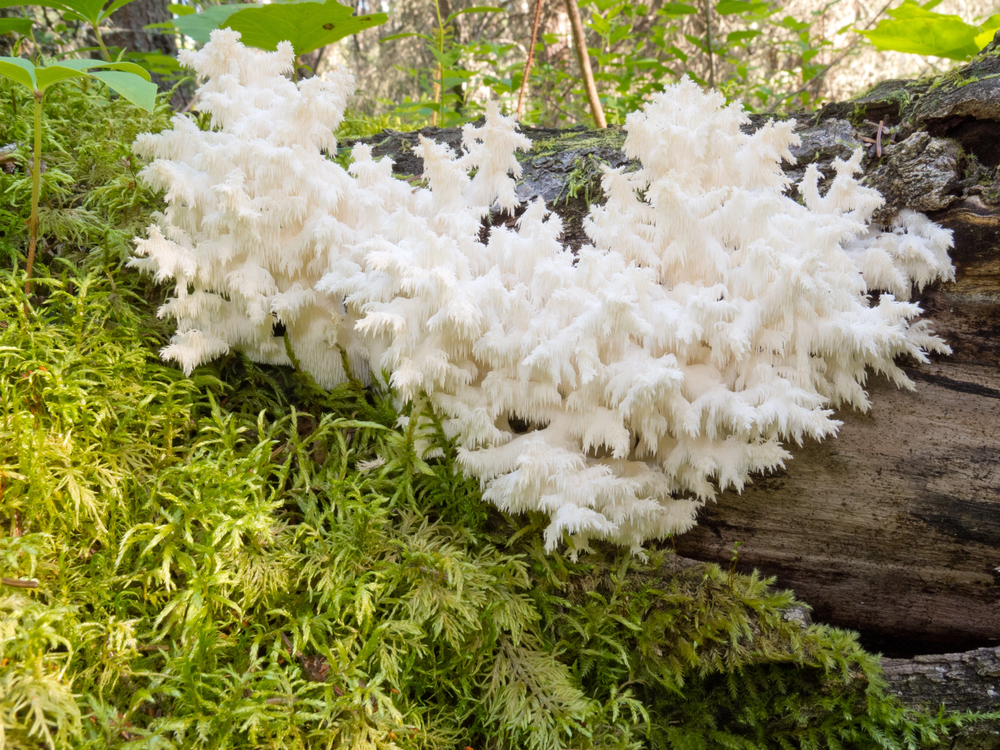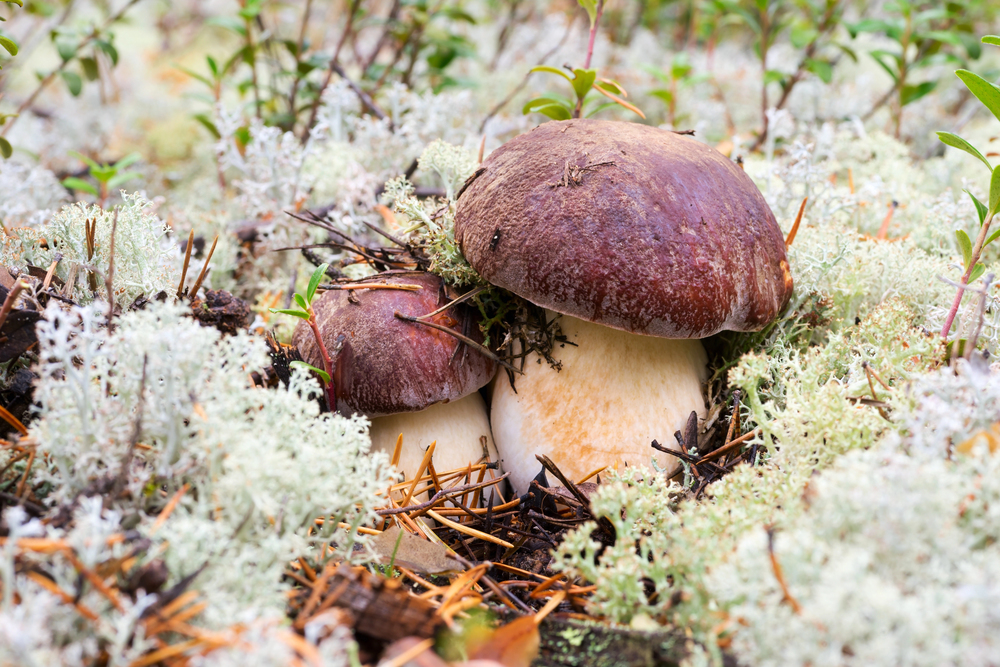Test liquids can be a crucial tool to distinguish between a safe meal and a toxic mistake.
With just a drop of liquid, you can navigate the uncertainties of foraging. Understanding how these liquids work and their subtle differences can significantly impact your hunting experience.
Let’s uncover the secrets of these test liquids and how they can enhance your mushroom hunting journey.
Understanding Mushroom Test Liquids
If you’re new to mushroom hunting, understanding mushroom test liquids is crucial for identifying different species. These liquids are simple yet powerful tools that can help you determine whether a mushroom is edible, poisonous, or inedible.
Carrying a small vial of test liquid when venturing into the woods gives you the freedom to confidently distinguish between a delectable treat and a potentially harmful fungus just by using a few drops. This ability allows you to make informed decisions about which mushrooms to collect, eliminating the need to wonder about their identity.
Types of Test Liquids Available
Various types of test liquids are available for mushroom hunters to use in their identification process. These liquids help determine the edibility and safety of wild mushrooms.
Here are four types of test liquids for mushroom hunting:
- Potassium Hydroxide (KOH): Helps distinguish between mushroom species by observing color changes in the flesh.
- Iron Salts: React with certain mushrooms, producing color changes for identification.
- Ammonia: Tests for specific chemicals in mushrooms.
- Melzer’s Reagent: Useful for identifying mushrooms, especially in the Amanita genus, by observing spore reactions.
Having these test liquids on hand while mushroom hunting provides valuable information about encountered fungi. Remember to use them alongside careful observation of physical characteristics and habitat for accurate identification.
How Test Liquids Determine Edibility?
Understanding how test liquids interact with mushrooms is crucial in determining their edibility and safety for consumption. Test liquids like potassium hydroxide (KOH) can help differentiate between edible and poisonous mushrooms by observing the color changes they produce. For example, a positive reaction to KOH on certain mushrooms will turn the specimen purple, indicating it belongs to the Cortinarius genus, which includes both edible and poisonous species. Conversely, a negative reaction with no color change can help eliminate potentially toxic mushrooms.
Iron salts are another commonly used test liquid. When applied to certain mushrooms, iron salts can create a color change that aids in identification. For instance, the reaction of iron salts on the mushroom’s flesh can turn it green, blue, or black, providing valuable information about the species. Understanding these interactions allows for confident assessment of the edibility of foraged mushrooms. By recognizing the reactions and interpreting them correctly, informed decisions can be made about including a mushroom in a meal or discarding it for safety.
Tips for Using Test Liquids
Wondering how to maximize the effectiveness of test liquids when mushroom hunting? Here are some tips to help you make the most out of using test liquids:
- Be Diligent: Ensure you have the right test liquids for the type of mushrooms you’re testing. Different mushrooms may require different test liquids, so be sure to research and acquire the correct ones.
- Follow Instructions: Read and follow the instructions carefully when using test liquids. The correct usage can significantly impact the accuracy of the results, so take the time to understand how to properly apply the test liquids.
- Use Clean Tools: Keep your testing tools clean and in good condition. Contaminated tools can lead to false results, so make sure your tools are sanitized before each use.
- Observe Closely: Pay close attention to the reactions of the mushrooms to the test liquids. Even subtle changes in color or texture can provide valuable information about the edibility of the mushrooms.
Safety Precautions and Considerations
Ensure your safety while mushroom hunting by taking essential precautions. Familiarize yourself with mushroom types and toxic varieties. Carry a charged phone, first aid kit, water, and snacks. Wear suitable attire and inform someone of your plans. Follow these precautions and tips:
- Research and identify mushrooms thoroughly; check weather conditions.
- Stick to marked trails and carry a map or GPS.
- Be cautious around wildlife; pack a flashlight.
- Wash hands after handling mushrooms.



